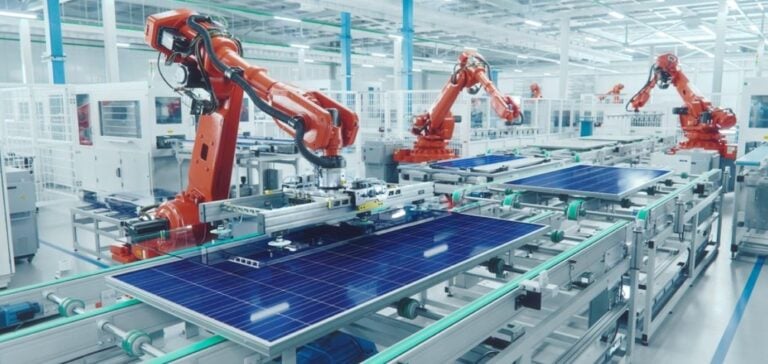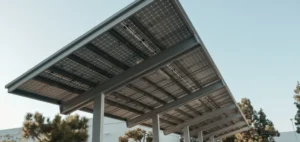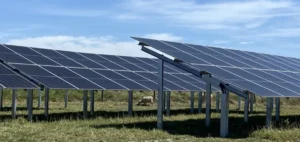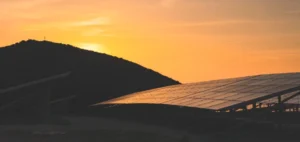The world’s ten largest photovoltaic (PV) module manufacturers shipped a combined total of 500 gigawatts (GW) of solar modules in 2024, according to the Global Solar Module Manufacturer Rankings 2025 report published by Wood Mackenzie. This figure nearly doubled the shipments recorded the previous year. Despite this growth, these companies faced combined financial losses of $4 billion over the year, driven by significant revenue declines and heightened price competition.
Production concentrated among few players
Wood Mackenzie evaluated over 40 manufacturers across ten countries for its annual ranking, based on a maximum score of 100. The top ten accounted for 62% of global capacity and 89% of global module shipments in 2024. Chinese manufacturer Jinko Solar led the ranking with a score of 90.6, followed by JA Solar (89.8) and LONGi Green Energy (86.5). Trina Solar and Canadian Solar shared fourth place, illustrating the market’s high concentration.
Despite price pressure, the top ten maintained an average utilisation rate of 69%, reflecting operational efficiency amid steady product demand.
Global expansion to manage trade tensions
The report highlights a strategic shift toward geographic diversification to address increasingly fragmented trade policies. Seven of the top ten manufacturers now operate factories in at least three countries. Locations mentioned include Cambodia, India, Malaysia, Mexico and Vietnam. This diversification helps offset the impact of tariffs, local content requirements and other import restrictions.
Wood Mackenzie also noted a growing presence of manufacturers based in India, South Korea and Vietnam, which are beginning to challenge China’s dominance across the solar value chain.
Rise of vertical integration and technology transition
Vertical integration continues to expand, with several companies investing in wafer production to reduce reliance on third-party suppliers. The report notes that most top ten manufacturers already produce their own solar cells, with the most ambitious moving further upstream in the supply chain.
Technologically, N-type modules represented the majority of shipments for several top-tier producers. Jinko Solar stated that over 87% of its 2024 shipments were N-type. The Tunnel Oxide Passivated Contact (TOPCon) technology remained dominant, with average efficiencies exceeding 24%, while heterojunction and back contact modules reached 24% and 25% efficiency respectively.
New markets and industrial strategies emerging
With module prices still under pressure, manufacturers must balance cost reduction with continued investment in technology and regional deployment. Wood Mackenzie expects industrial expansion to continue into the Middle East and Africa, including Egypt, Oman, Saudi Arabia, Qatar and the United Arab Emirates.
“Despite financial headwinds, the solar manufacturing industry is quickly repositioning for the next cycle of global growth,” said Yana Hryshko, Head of Global Solar Supply Chain at Wood Mackenzie.






















